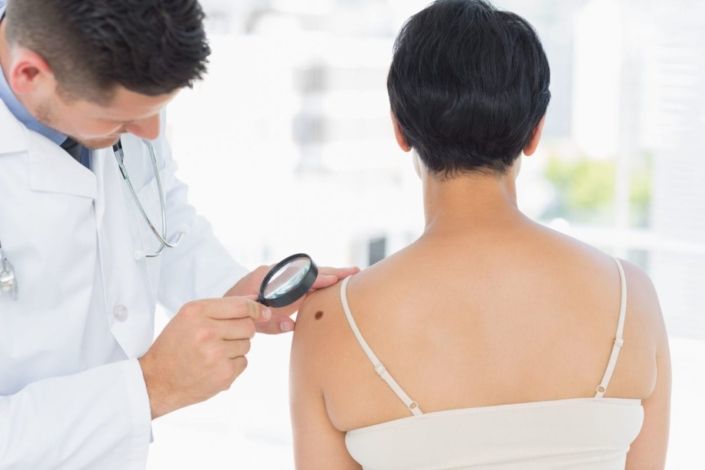Atypical Moles
Atypical moles are usually epidermis growths. They’re benign (not cancerous). Nevertheless, they look like a kind of skin malignancy known as melanoma. Atypical moles are often larger than 6 mm broad (about the dimension of a pencil eraser). They will have an irregular form and borders that aren’t properly defined and that may fade into the pores and skin. Atypical moles could be a lot more than 2 colors. These colors tend to be different shades of dark brown.
Moles are normal. A lot of people have between 10 and 40 moles. New moles can show up. However, they often stop following the age of 40 and finally fade.
Way to improved wellbeing
Protect your skin layer from the sun. In the event that you spend time outside, avoid peak sun. Make an effort to stay from the sun from 10 a.m. to 4 p.m. once the sunlight is strongest. Use a wide-brimmed hat, sunglasses, and sunscreen. Make use of sunscreen that’s SPF 15 or more. Reapply it every 2 hrs and after swimming or sweating. You can even wear protective clothes (for instance, long sleeves and lengthy pants). Never work with a tanning bed.
Points to consider
Those who have plenty of atypical moles possess a higher threat of establishing melanoma. This is also true if they likewise have family members who’ve got melanoma.
An atypical mole may become cancerous. When you have an atypical mole, possess your physician examine it. She or he may take away the mole or own it examined for melanoma or other styles of skin cancer. Many atypical moles need not be removed.
View your skin for brand-new moles or any adjustments in your moles. Should you have a mole that bleeds or itches, inform your physician immediately. Also tell your physician in case a mole changes in proportions, shape, or colour, or if will become scaly or crusty.
See your physician regularly for epidermis checks. Your physician should test your skin at least one time a year.
Queries to ask your physician
- How often should you check out my atypical mole?
- MAY I prevent even more moles from forming?
- Will be itching the only method to learn if my atypical mole is usually changing?
- Is it possible to remove the mole though it poses no health danger?
